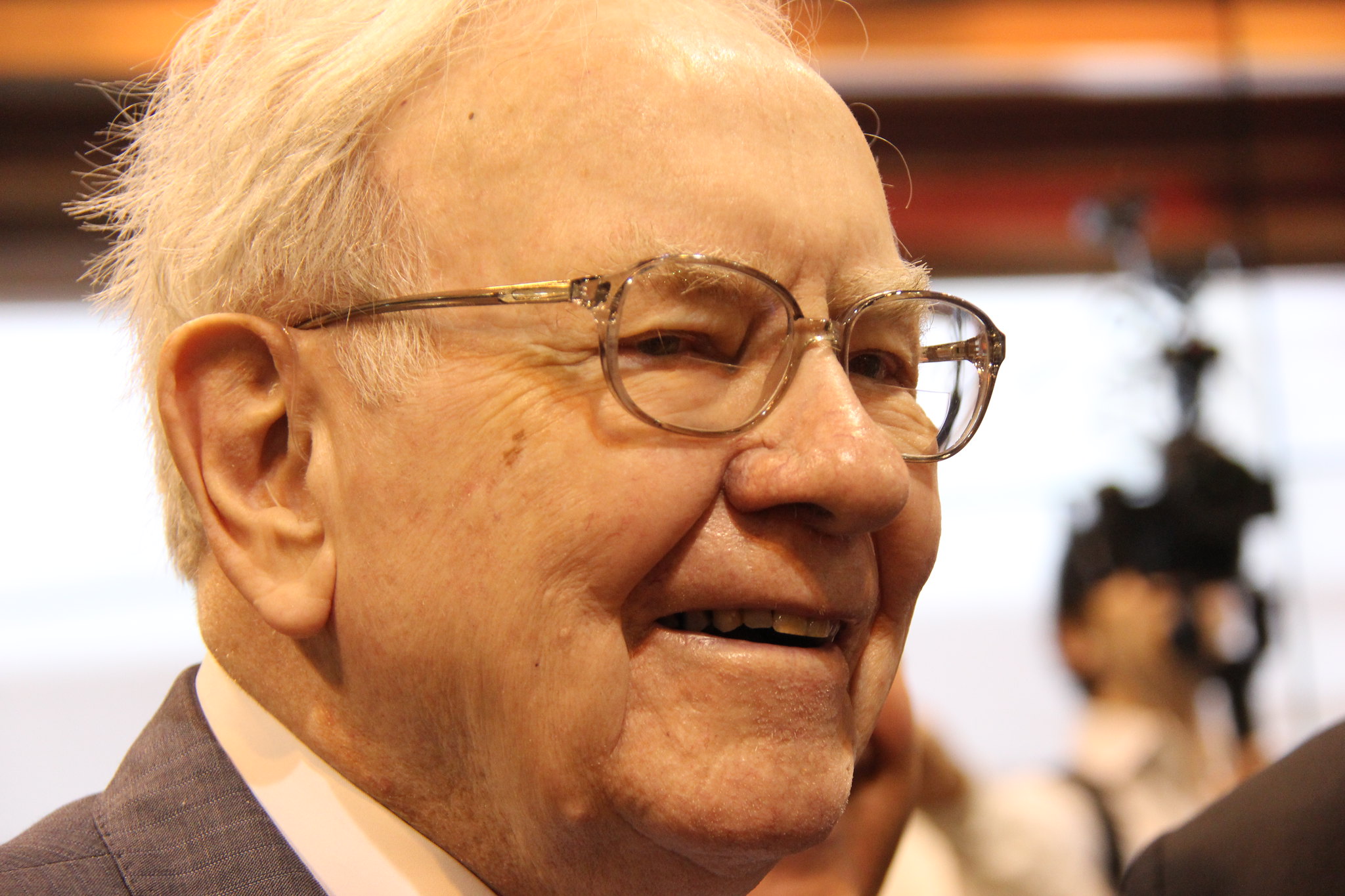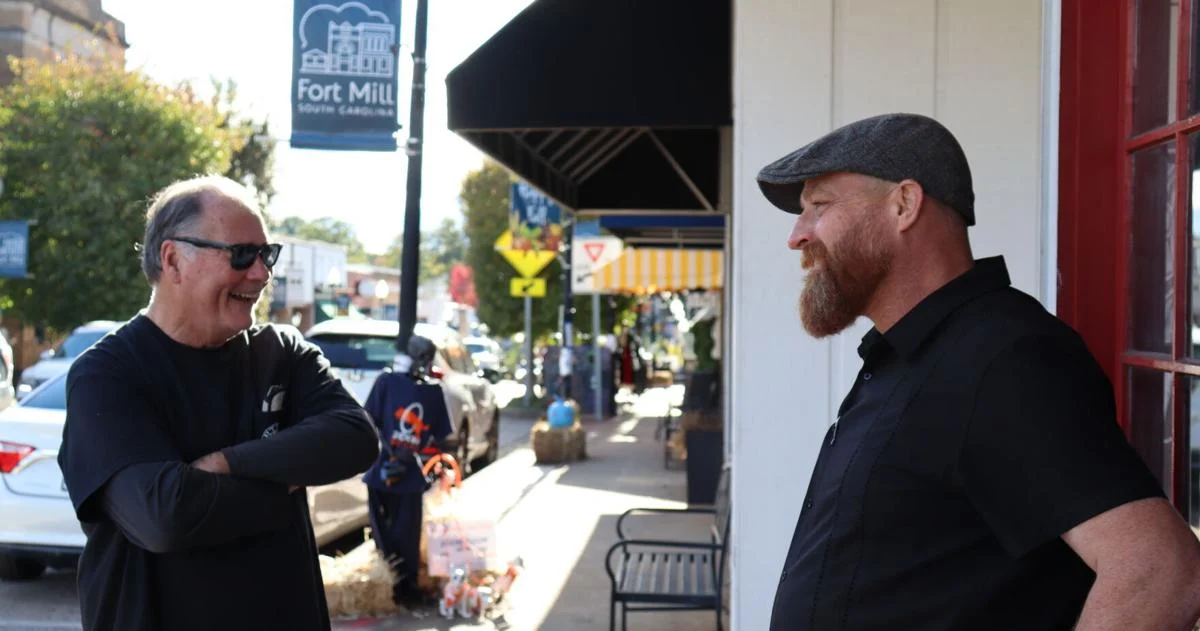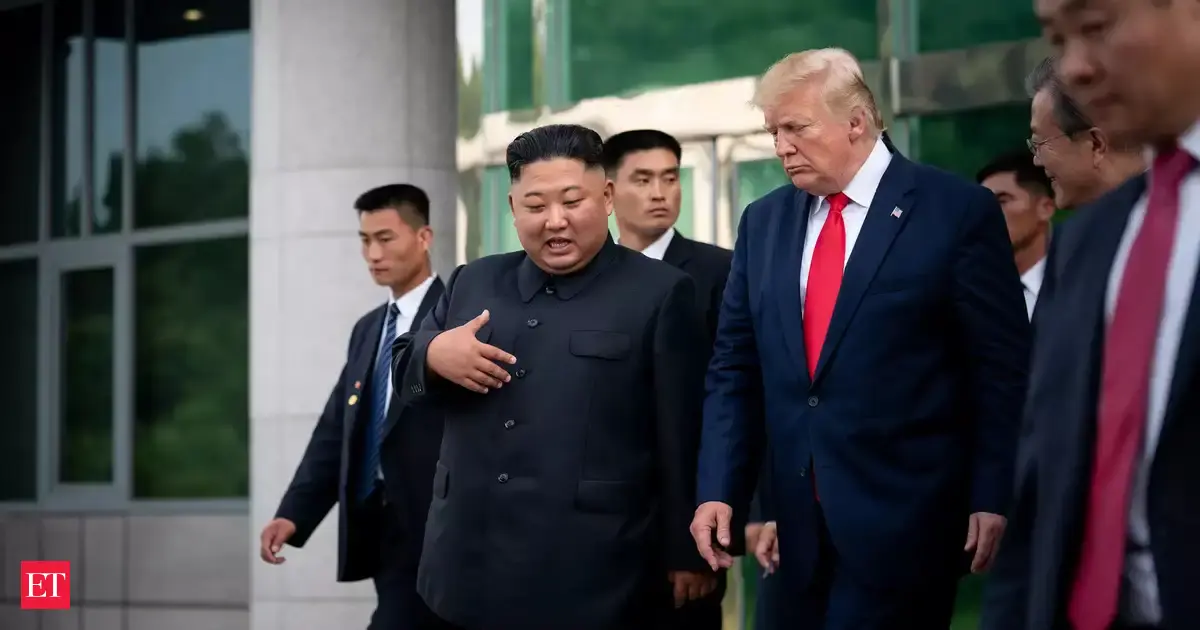Copyright billboard

Skip to main content The Grand Ole Opry House in Nashville, Tenn. Courtesy of The Grand Ole Opry House Trending on Billboard If two artists are company and three are a crowd, then some Nashville stages are threatening overpopulation. On three successive nights, Oct. 27-29, a total of 30 artists, three speakers and a pair of comedians assembled at three multi-artist shows with three different themes. For most cities, even one of those concerts would have been a major event, but in Music City, it’s de rigueur; ho-hum; par for the course; been there, done that. Not to say that other communities can’t produce a big, multi-act show — music capitals such as New York, Los Angeles, Austin or Atlanta certainly do it — but Nashville may have a leg up on the phenomenon, particularly for multi-artist concerts. Why Country Music Interpreters Matter in an Artist-Writer World “If you’re in New York, the Friars Club will give you a roast,” says Larry Gatlin, who participated in two of the three Nashville events. “In Los Angeles, they have the Academy [Awards] and stuff. But I think Nashville is unique.” The parade of large Music City productions started Oct. 27 with The Music of My Life: An All-Star Tribute to Anne Murray, with 14 performers doing one song each at the Grand Ole Opry House while Murray applauded from a floor seat. Collin Raye led with “Daydream Believer,” Shenandoah delivered “Could I Have This Dance,” Canadian Michelle Wright chipped in “Snowbird,” and k.d. lang mirrored Murray’s phrasing while performing “A Love Song” barefoot. The next night, the Grand Ole Opry stacked six musical acts, including Warner Music Nashville signee Braxton Keith, who was surprised with his first gold record; The Forester Sisters, whose three songs included a cover of the 1950s girl group song “Mister Sandman”; and The Nitty Gritty Dirt Band, who ended the show with a song that’s central to country music history, “Will the Circle Be Unbroken.” On Oct. 29, the annual Concert for Cumberland Heights raised money for a Middle Tennessee rehab center, with Gatlin and Christian artist Joseph Habedank kicking things off before The Warren Brothers MC’ed an eight-person songwriter round that ricocheted between comedic songs and profound material. The camaraderie across all three nights was notable. “This is so vibrant — you know, the sense of community,” says Dirt Band frontman Jeff Hanna, who spent time in Colorado and L.A. prior to moving to Nashville. “If you’re in the music business, you’re always going to have a competitive edge. Everybody wants to win, but you also root for your pals, and I just love that about this town.” Subscribe to Billboard Country Update, the industry’s must-have source for news, charts, analysis and features. Sign up for free delivery every week. Not many towns could hope to pull off three straight nights of comparable multi-artist shows. They’re larger than a traditional two- or three-act concert, but smaller than a weekend music festival. It’s not financially feasible — for the artist or the promoter — to have that many people travel long distances to play just a handful of songs. And few communities have the volume of local musical talent. Other towns also don’t have the Grand Ole Opry. One of the side benefits of the program, which will celebrate 100 years on WSM-AM on Nov. 28, is the infrastructure it has created. The Opry is typically booked four or more nights a week. The artists who play it know ahead of time that they’re part of a big ensemble with lots of moving pieces — very different from a concert with one headliner and an opening act. And the crew has developed a routine for the quick changes that a barn-dance format requires. “Everything has its challenges,” Opry senior vp/executive producer Dan Rogers allows, “but over the course of all those years and this many shows in a year, you begin to figure out the things that work and don’t work.” The staff itself has a bigger impact on running a multi-artist show. If The Dirt Band is headlining a date, the group can make adjustments deep into the set by reading the audience. But it doesn’t necessarily know what the crowd is like when it pops out from backstage at the Opry, and since it only does two or three songs in that setting, there’s little opportunity to change the dynamic. “You’re sitting around for a couple of hours,” Hanna says, “then they go, ‘You’re on in five minutes,’ and you’re plugging in these guitars.” Why the Relationship Between Country Artists and Songwriters Is More Symbiotic Than Ever Because the artist typically doesn’t have an opportunity to make adjustments, it’s up to the production team to read the room and keep the pace going. “I’m a time person,” Cumberland Heights development events manager Lee Ann Eaton says. “Like, I’ve jerked Santa [Claus] off the stage because he was taking too long. You know what I mean? ‘Your time is over, Santa. Get up!’ ” That doesn’t mean the artist is unable to influence a show with an adjustment or two. Rogers points to a recent Jamey Johnson Opry appearance, when an onstage mention of the late Vern Gosdin led him to play three Gosdin songs during his set. Gatlin notes that making the audience laugh can engage a sedate crowd. “Self-deprecating humor is the secret sauce,” he says. “If you can go out there and, very quickly, make a little fun of yourself or pick on yourself a little bit, the audience immediately relaxes and they take you into their heart.” Still, because the barn-dance format requires a large cast of performers, all of whom have plenty of downtime, there’s room for a lax production to go off the rails. Making it smooth for the talent and their teams while maintaining a sense of structure is what makes the show work. “It requires a lot more organization on the back end,” Eaton says. “I’m dealing with eight artists and their dressing rooms and their backstage passes and their parking. But the Ryman makes it easy, too. I mean, they’re so good at what they do, I would say I could do my job from my car.” It’s that institutional knowledge and experience that makes it possible for Nashville to handle three straight nights of multi-artist packages. The Opry has established an air of normalcy around lineups that would be a major undertaking in most other settings. The production teams know the drill, and the artists see it as part of the heritage in country music. “This community, as much as any other community, loves to pay respect to the people who paved the way for them — and pay it forward,” Rogers says. “So somebody’s often going to say ‘yes’ when you ask, ‘Do you want to come tip your hat to an artist who you listened to growing up?’ Or ‘to come give a boost to [a young] artist who has said you did the same thing for them.’ ” In just about any other locale, the production team would be in chaos trying to pull off a live music show with so many moving parts. But in Nashville, three straight nights of heavily populated stages — and backstages — is not such a big deal. “They’re just so calm about it,” Eaton says of the Ryman team, “because it is commonplace.” Daily newsletters straight to your inbox More From Pro Why Nashville Excels at Multi-Artist Concerts: Inside Three All-Star Nights in October 1 minute ago Streaming Playlist That Funds Conservation Projects Is Now Accepting Submissions From All Artists ‘Feeling Supersonic’: Oasis Play to 180,000 Fans Across Three Melbourne Shows Lars Brandle Zohran Mamdani’s Bob Dylan-Themed Ad Removed From X After Publisher Denies Song Clearance Rachel Scharf Business News Billboard’s Music Industry Events Calendar Chris Eggertsen See All News Billboard is a part of Penske Media Corporation. © 2025 Billboard Media, LLC. All Rights Reserved. Powered by WordPress.com VIP optional screen reader Manage Account Billboard Hot 100™ Billboard 200™ Hits Of The World™ Songs Of The Summer Year-End Charts Decade-End Charts R&B/Hip-Hop Business News Record Labels View All Pro Songwriters & Producers Artist Index Royalty Calculator Market Watch Industry Events Calendar Billboard Español Cultura y Entretenimiento Crossword Puzzle GET ACCESS TODAY



